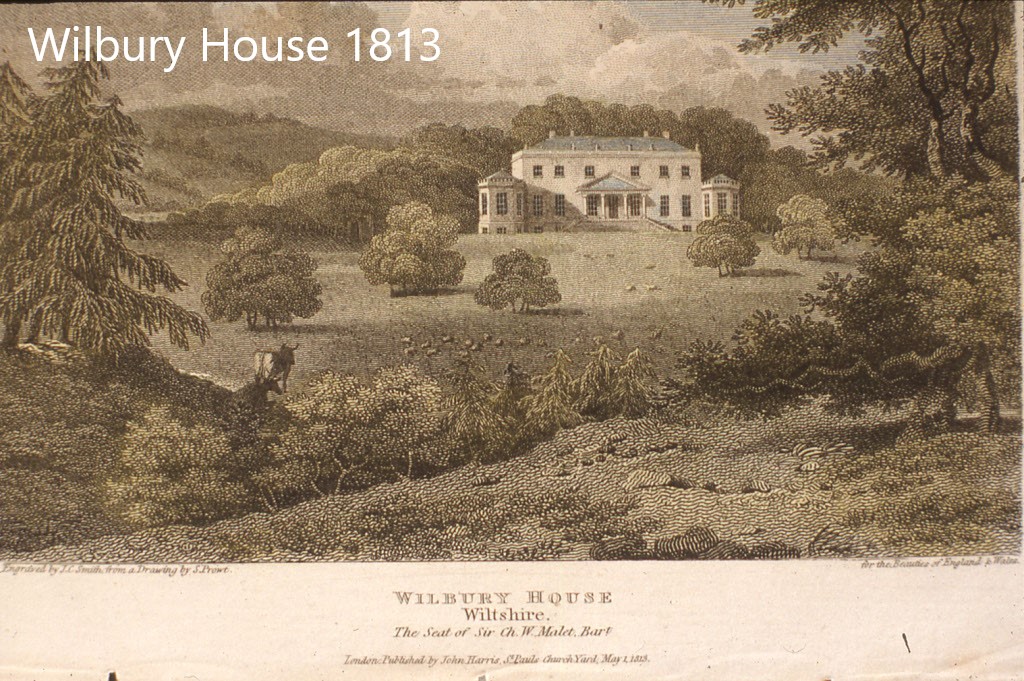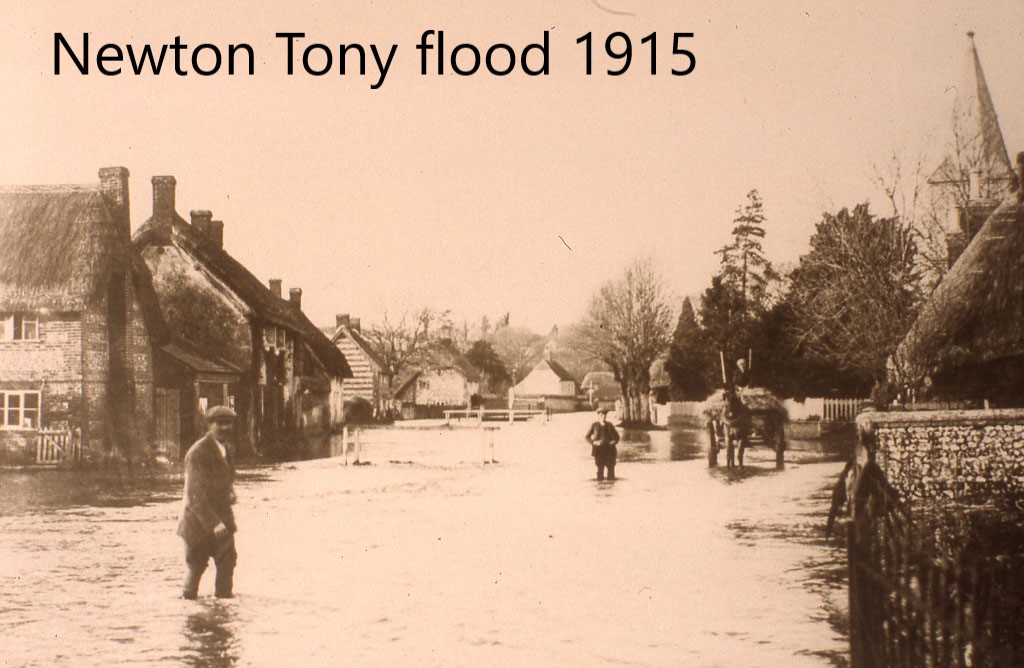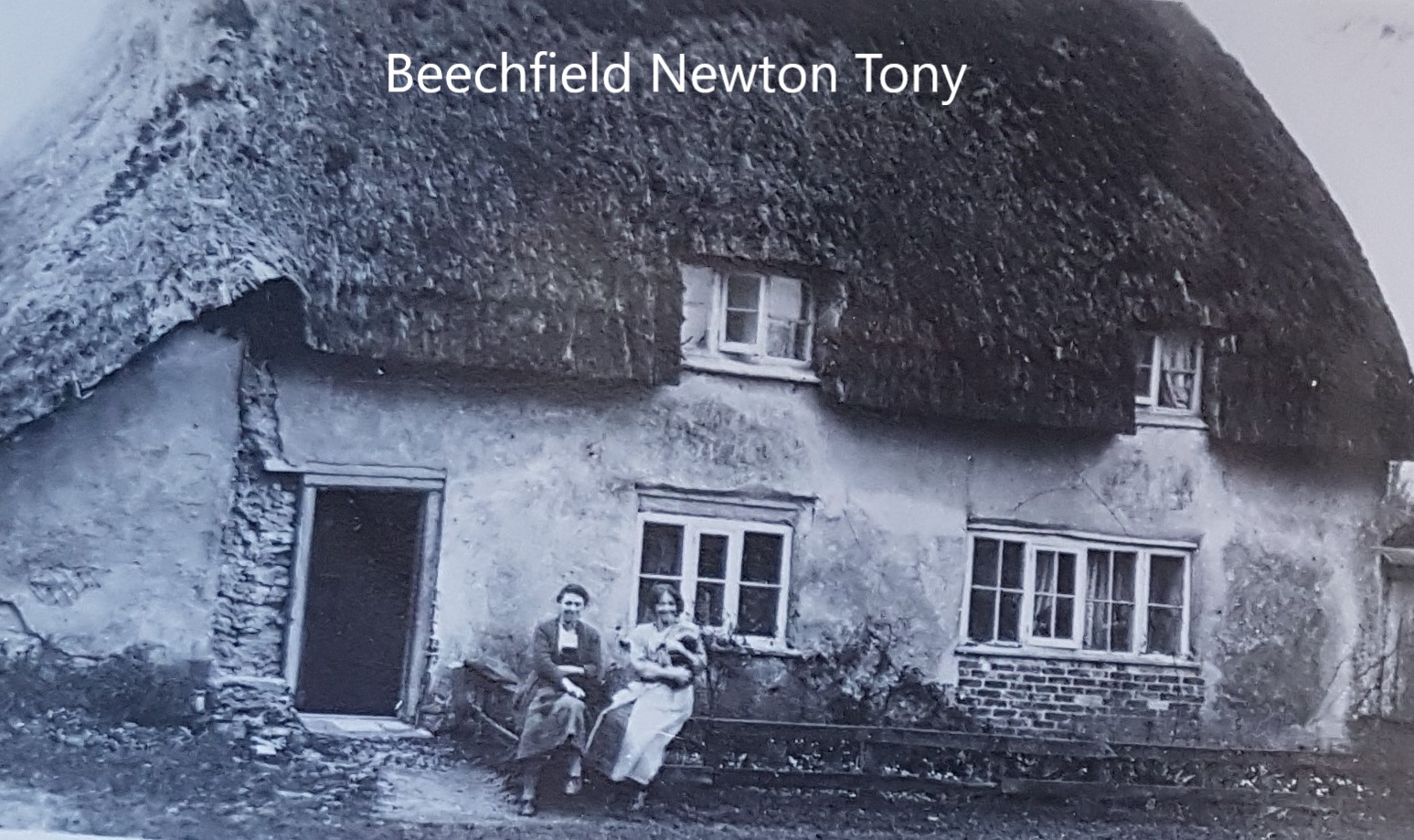NEWTON TONY
Ride a cock horse to Banbury Cross to see a Fiennes lady upon a Fiennes horse. Otherwise visit Newton Tony where in a long-lost Manor House that intrepid Puritan Lady was born. The inclusion of an ‘e’ in Toney is an emotive issue. So, to is streetlighting, homes for young families and the closure of footpaths.
The riverbed runs down the not-very high street and there is an annual lottery to guess when the water will start flowing.
The long-ago railway enabled schoolchildren to go to “the Bishop’s School” today there is a bus but the railway cutting, and station are full of hay.
Mud and thatch walls are still a feature of the “little sequestered village” described by Sir Richard Colt Hoare in 1826. West farm has fine gables and mullioned windows and the Queen Anne Old Rectory, discreetly withdrawn up its long drive, reputedly has ghosts. Today’s social focus is the 1920 Memorial Hall there’s football, badminton and a youth club, a four-village horticultural society, a toddler group, Sunday school and summer and Christmas plays.
Wilbury park the 1710 Palladian seven bedroomed mansion and its grounds still impress. Dowager Lady St Just is fondly remembered everywhere in her old coat, enjoying bonfires, or playing musical chairs at the school. They treasure their school. Families who have moved away still ferry six children back but only a handful remember the old school building, burned down one bonfire night which was heated by a big round tortoise slow burner.
Through two World Wars and many bad winters, Gwen Razey delivered Newton Tony letters twice a day. The post office issued her bicycle and uniform (a new overcoat every four years) railwaymen dug her and her postbag out of the snowdrift in 1915.
Until the great sale of 1924, Wilbury ad the village belonged to the Malets. The name stuck to the black and white village pub, with its mossy tiles – the Malet Arms.
Alison Kidd. Publisher, Salisbury Journal, 1988.







